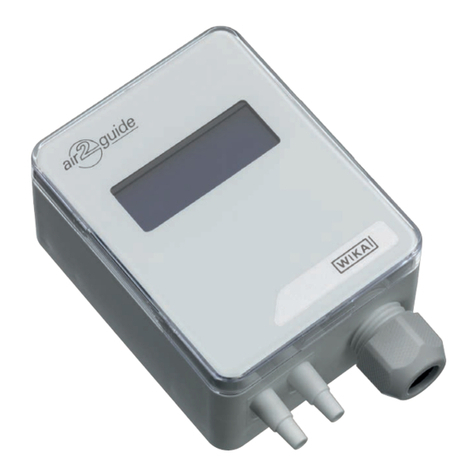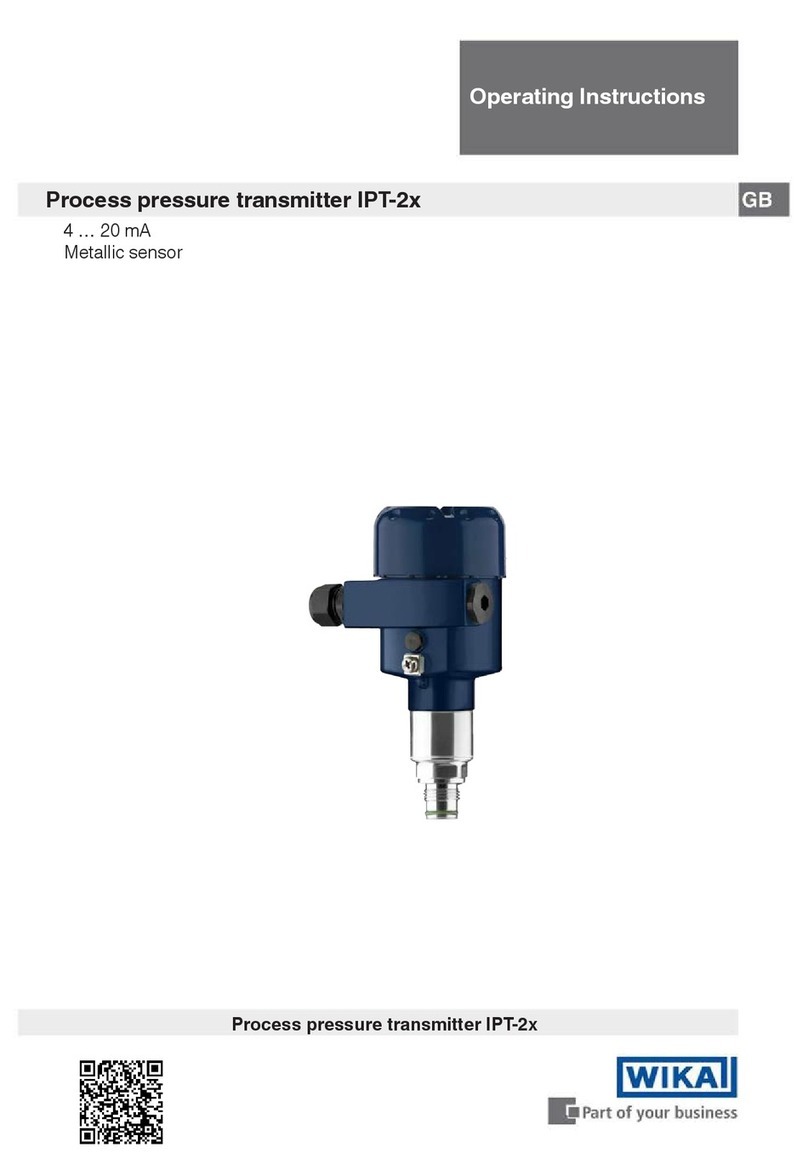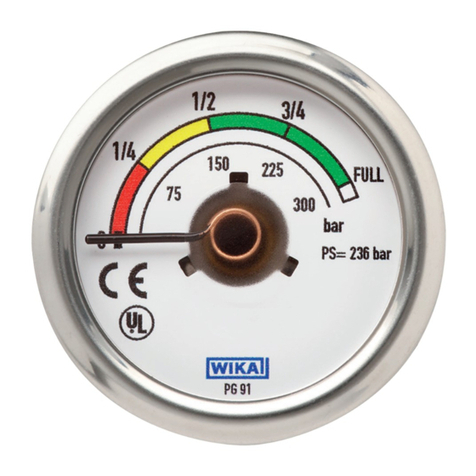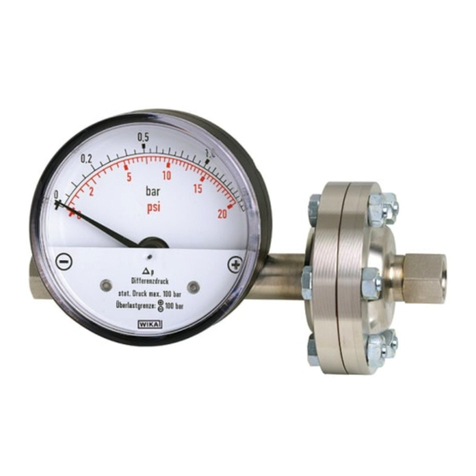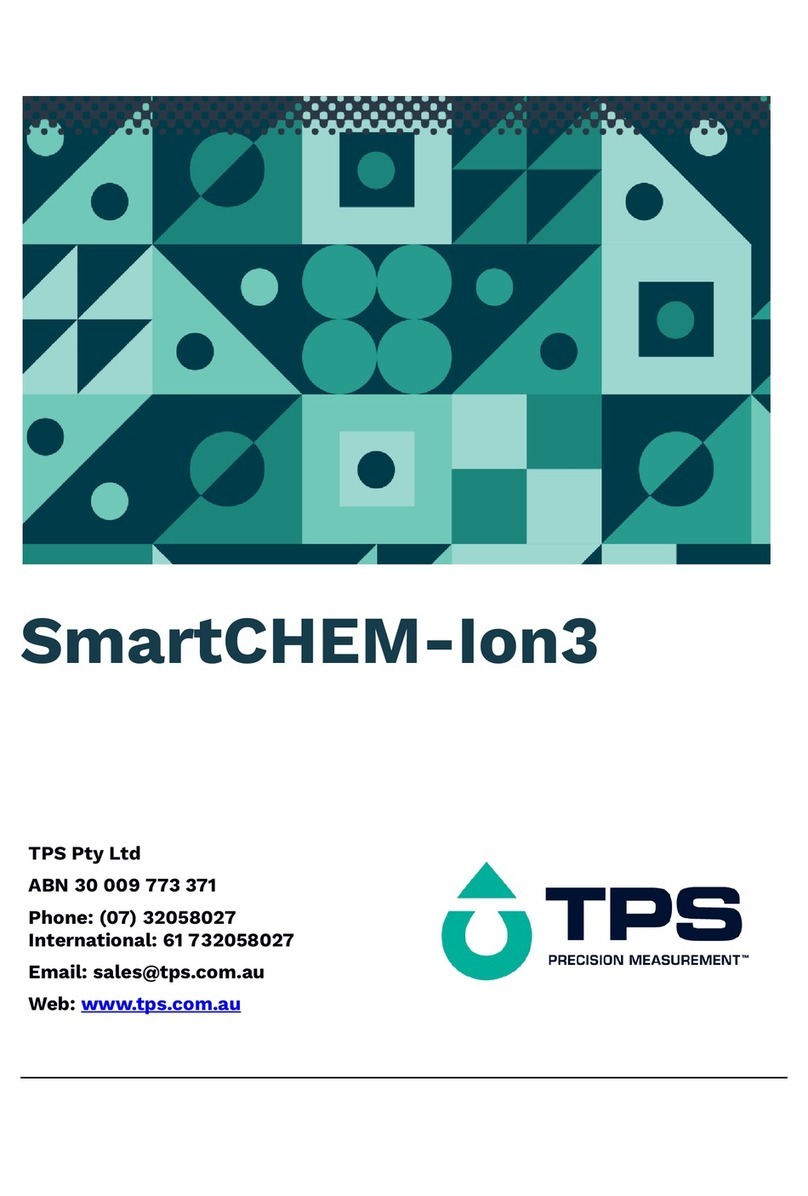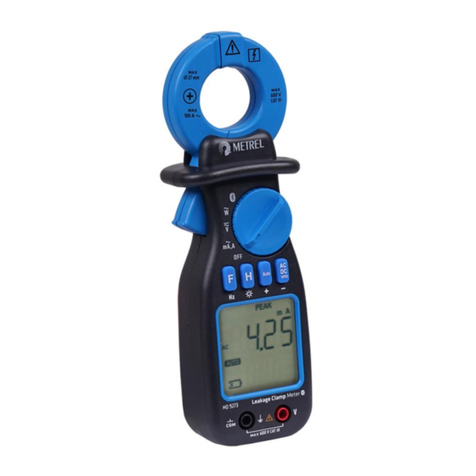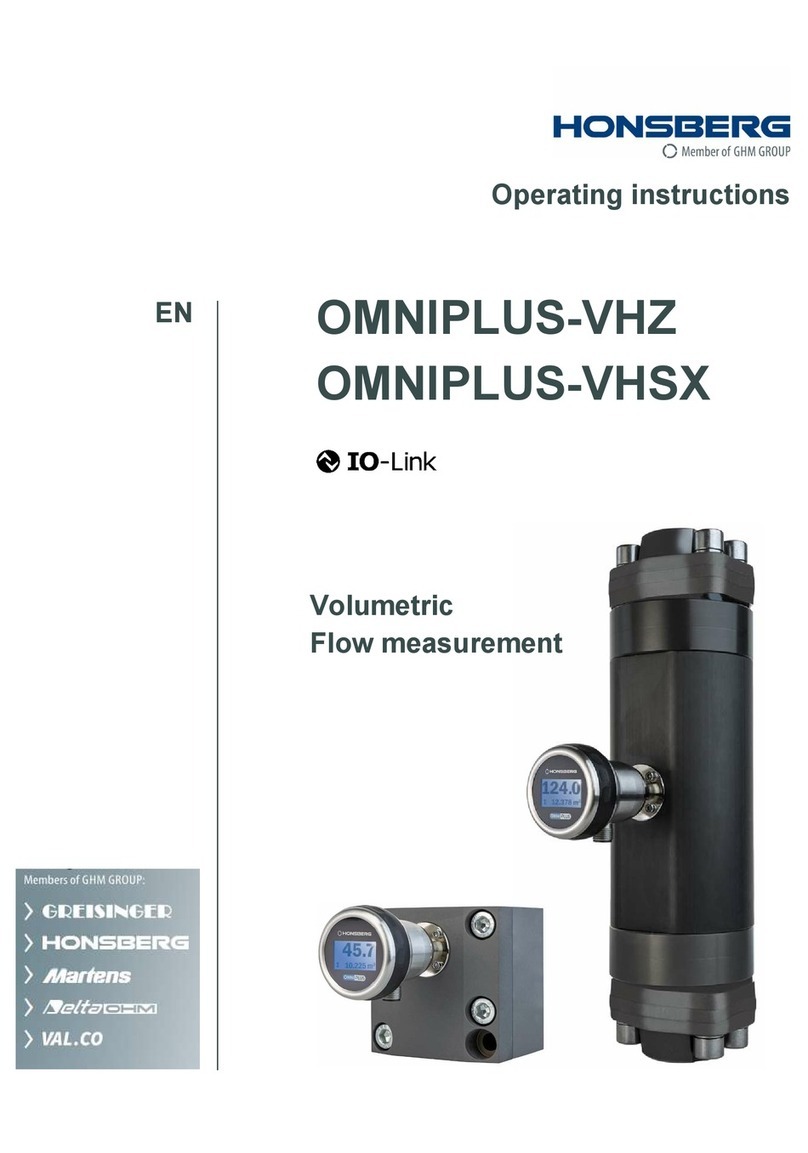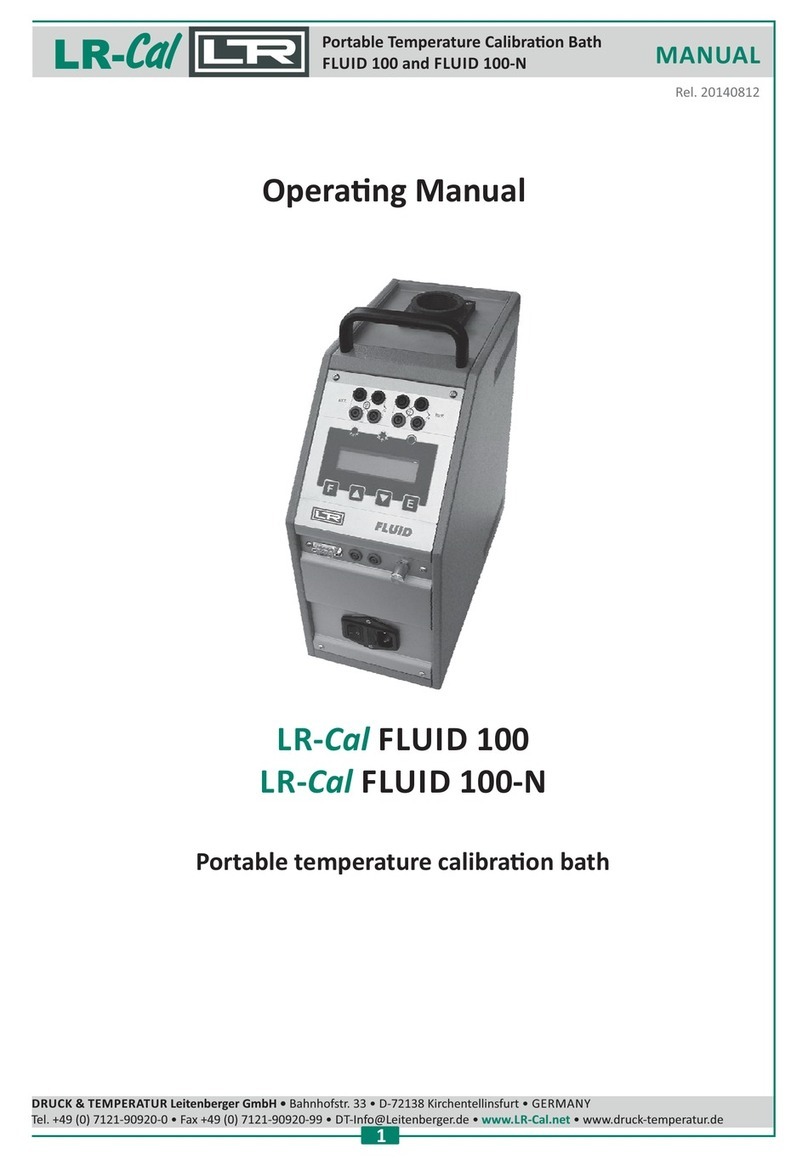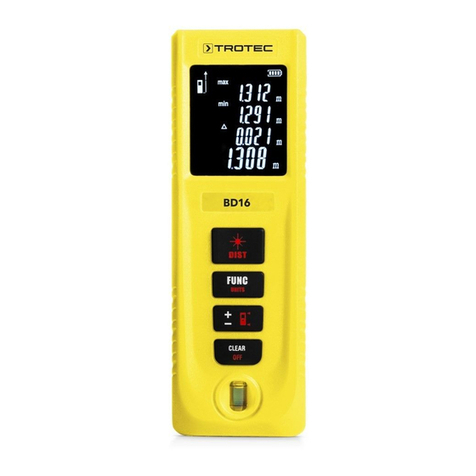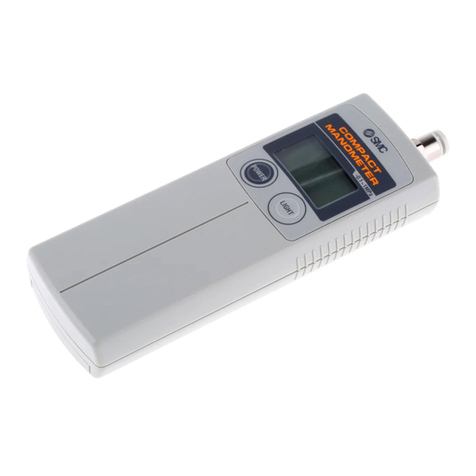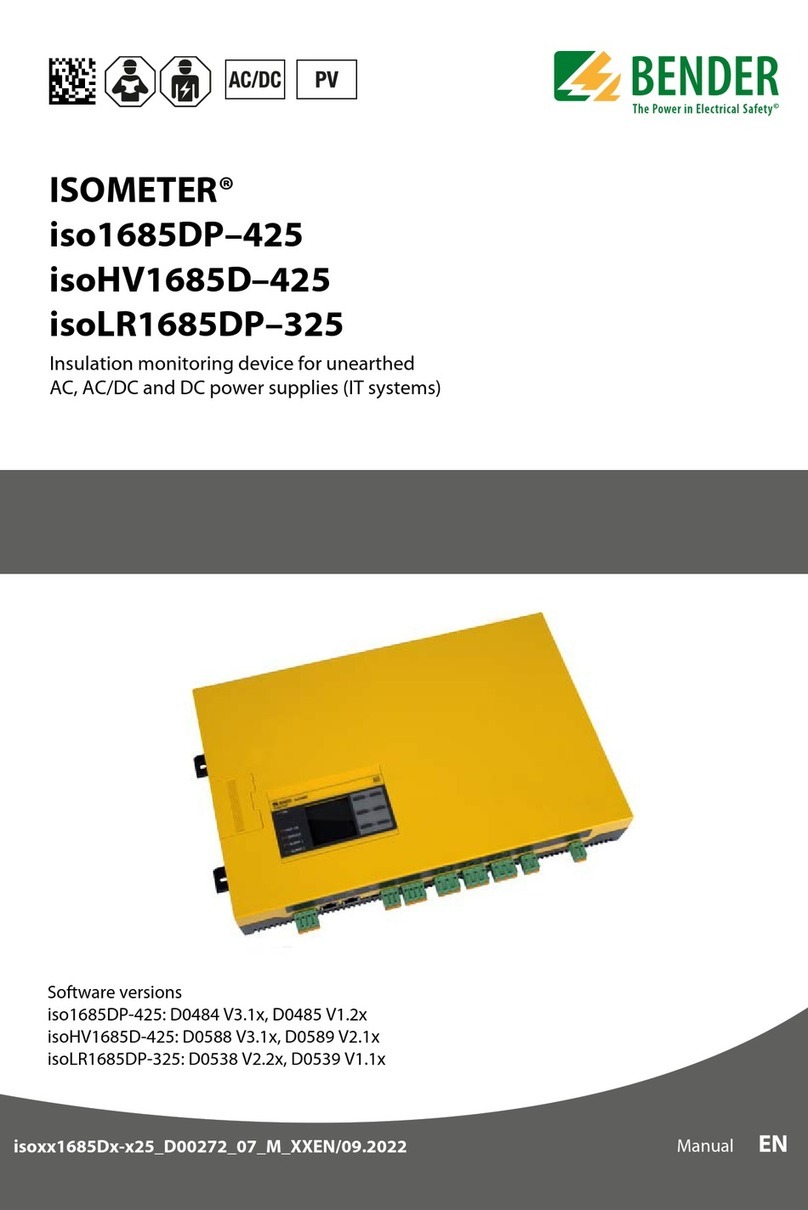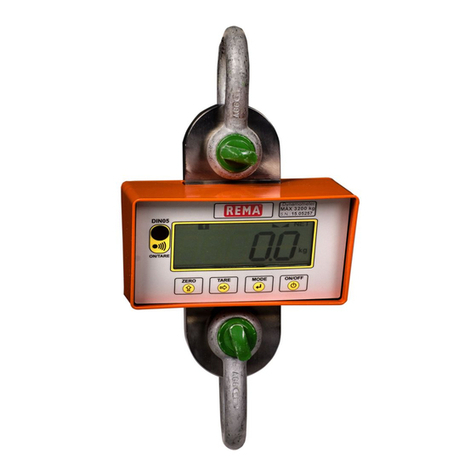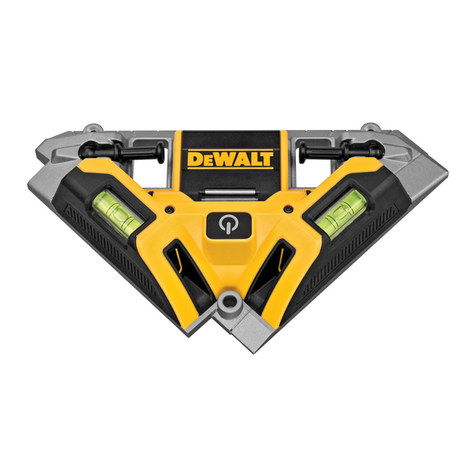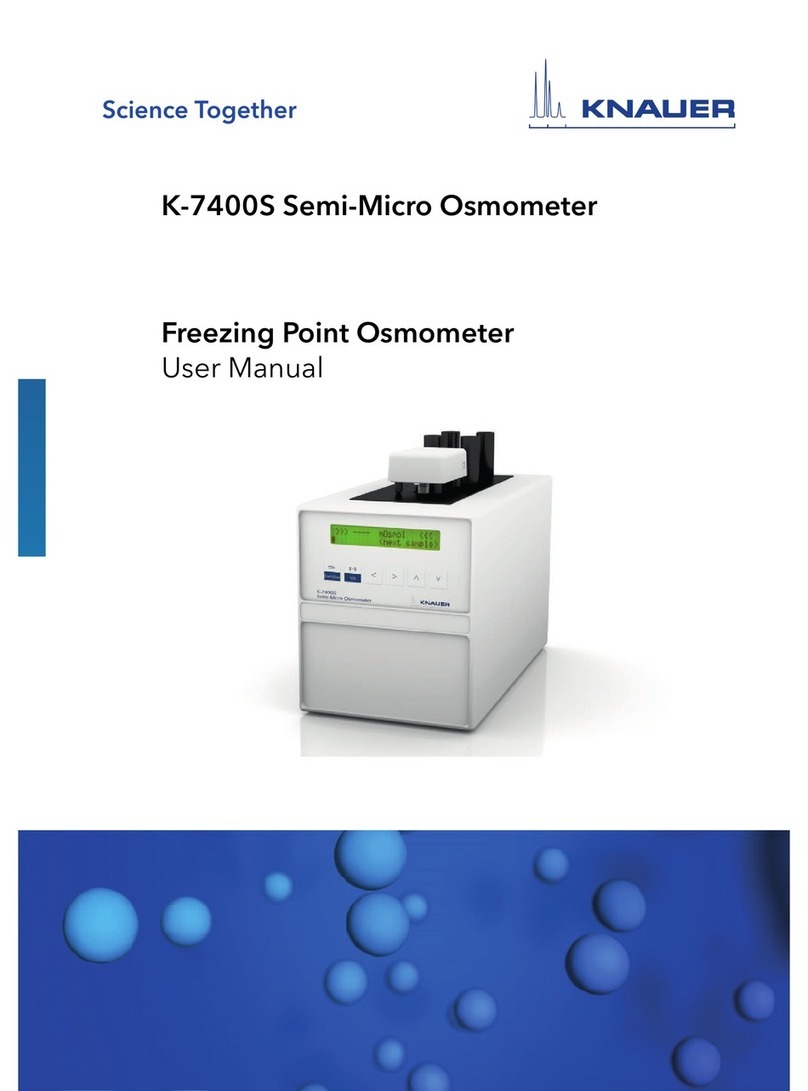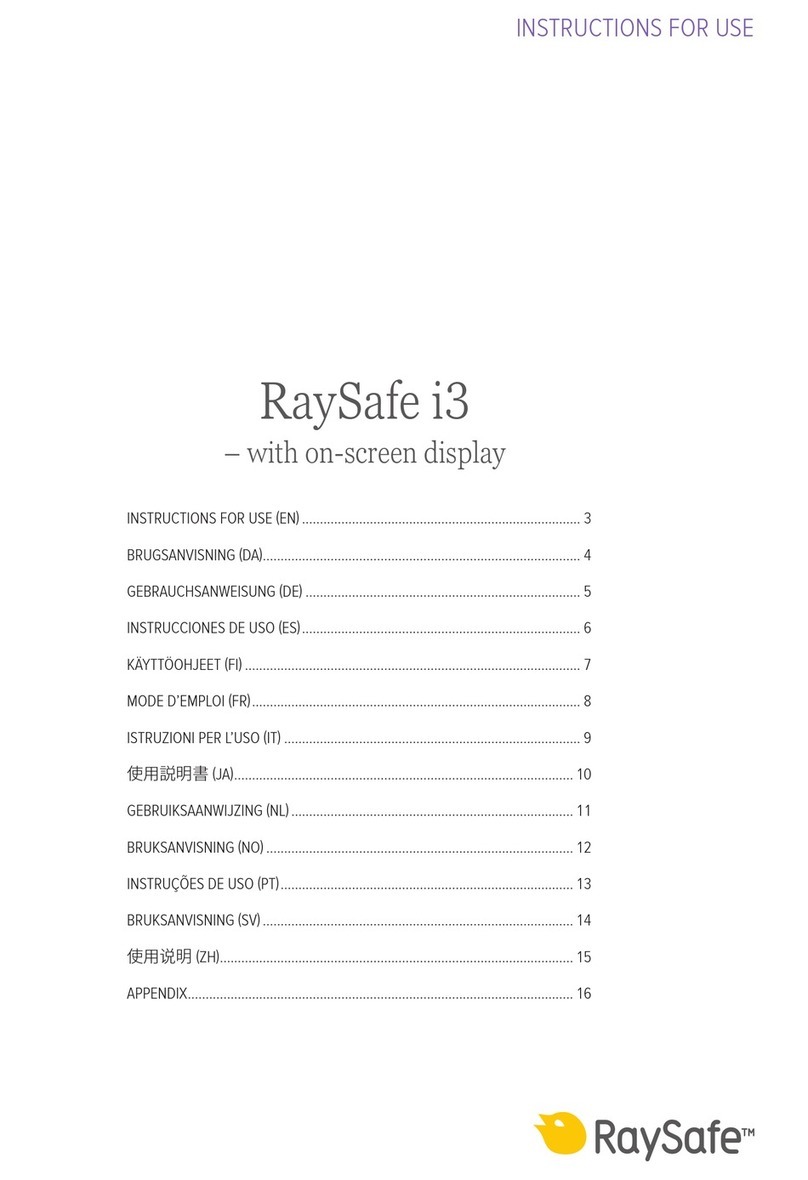WIKA NETRIS 3 User manual




















Other manuals for NETRIS 3
1
Table of contents
Languages:
Other WIKA Measuring Instrument manuals
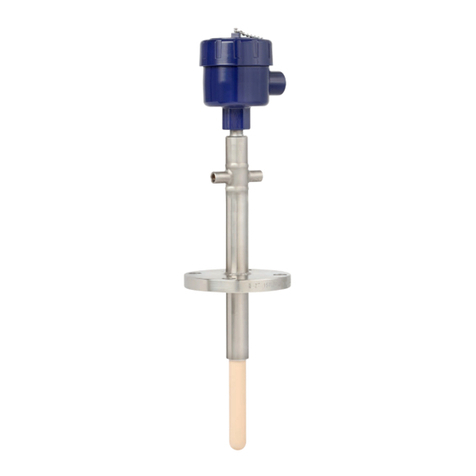
WIKA
WIKA TC82-F Installation manual
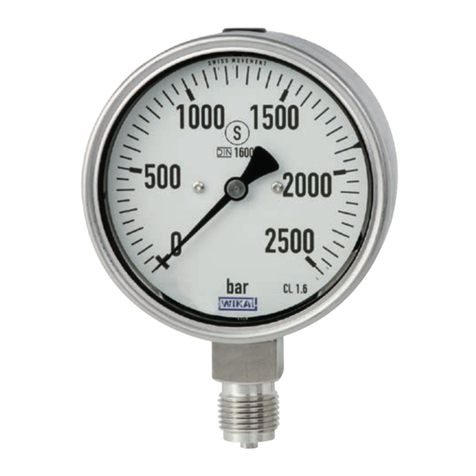
WIKA
WIKA PG23HP Series User manual

WIKA
WIKA CPH6300 User manual
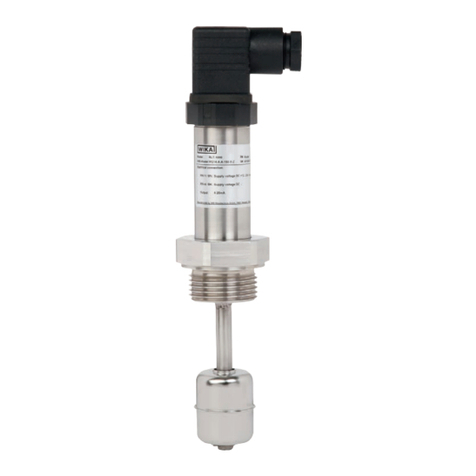
WIKA
WIKA RLT-1000 User manual
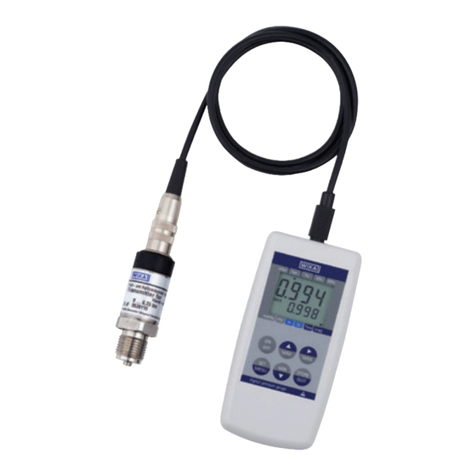
WIKA
WIKA CPH6200-S1 User manual
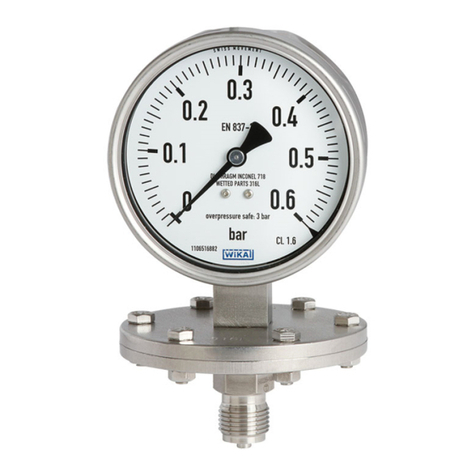
WIKA
WIKA 4 User manual
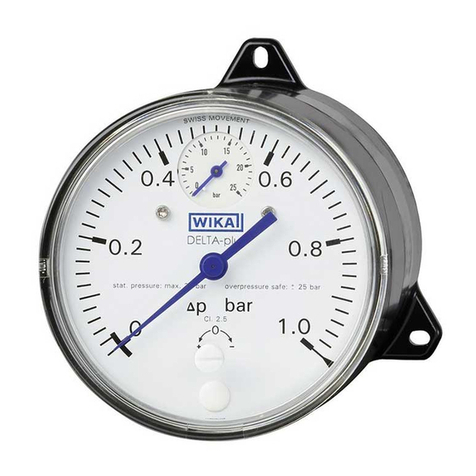
WIKA
WIKA Delta-plus User manual
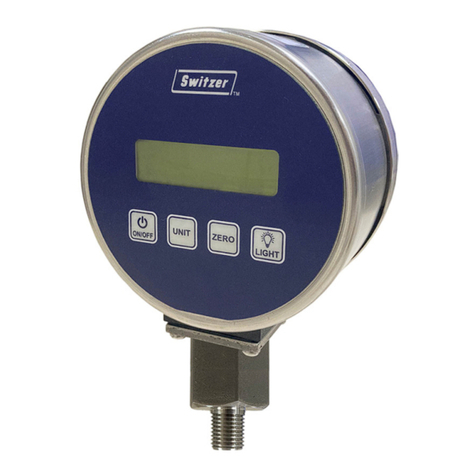
WIKA
WIKA DG-05 User manual
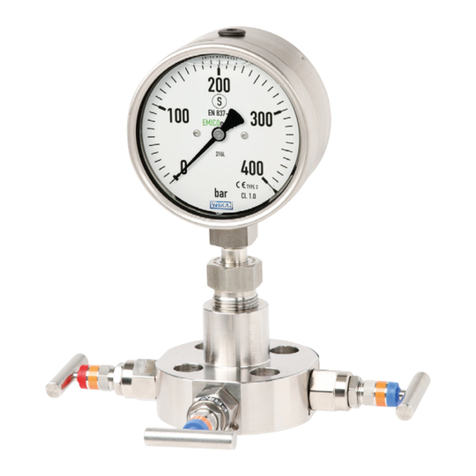
WIKA
WIKA 232.30.100 Operating instructions

WIKA
WIKA NG 100 User manual

WIKA
WIKA CPH62I0-S1 User manual

WIKA
WIKA PGW23.100.11 User manual
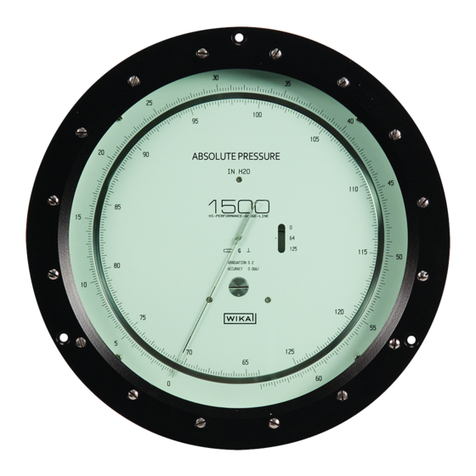
WIKA
WIKA 1500 Series User manual
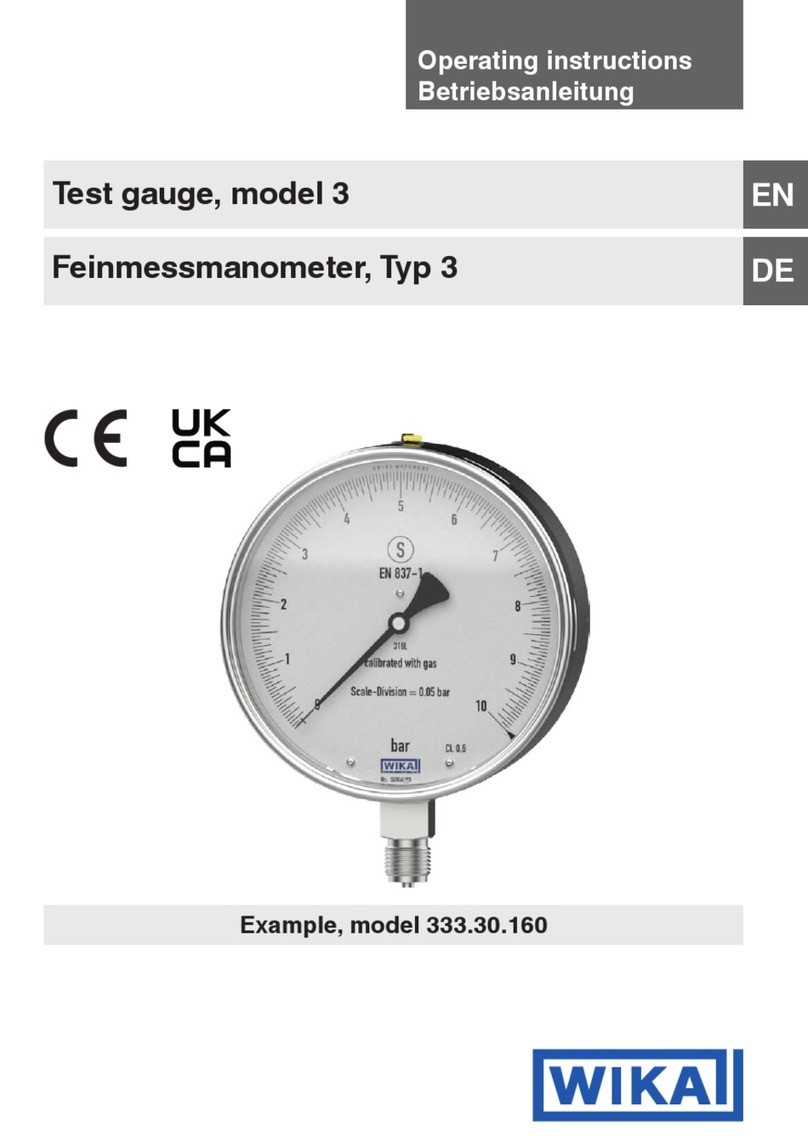
WIKA
WIKA 3 Series User manual
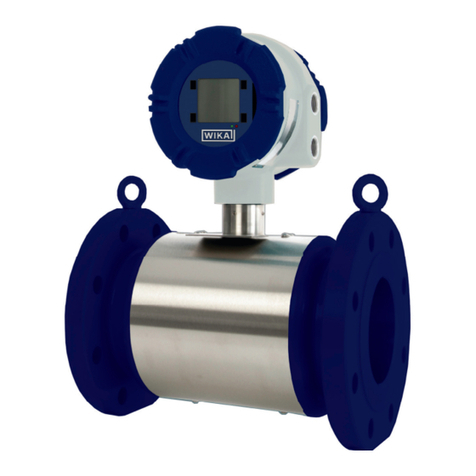
WIKA
WIKA FLC-UFL Series User manual
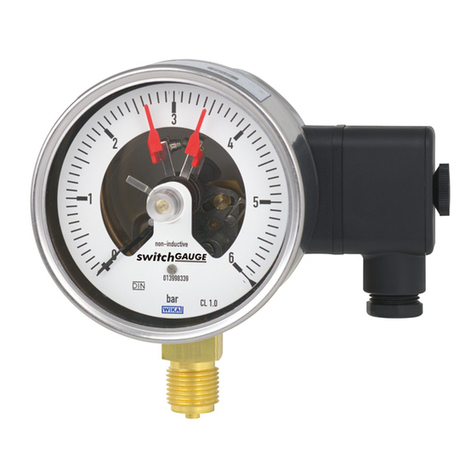
WIKA
WIKA 212.20.100 User manual
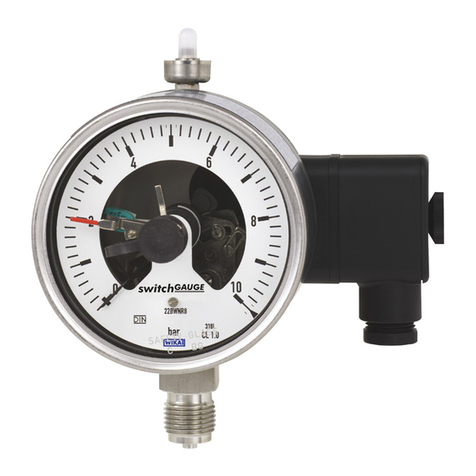
WIKA
WIKA PGS23 User manual
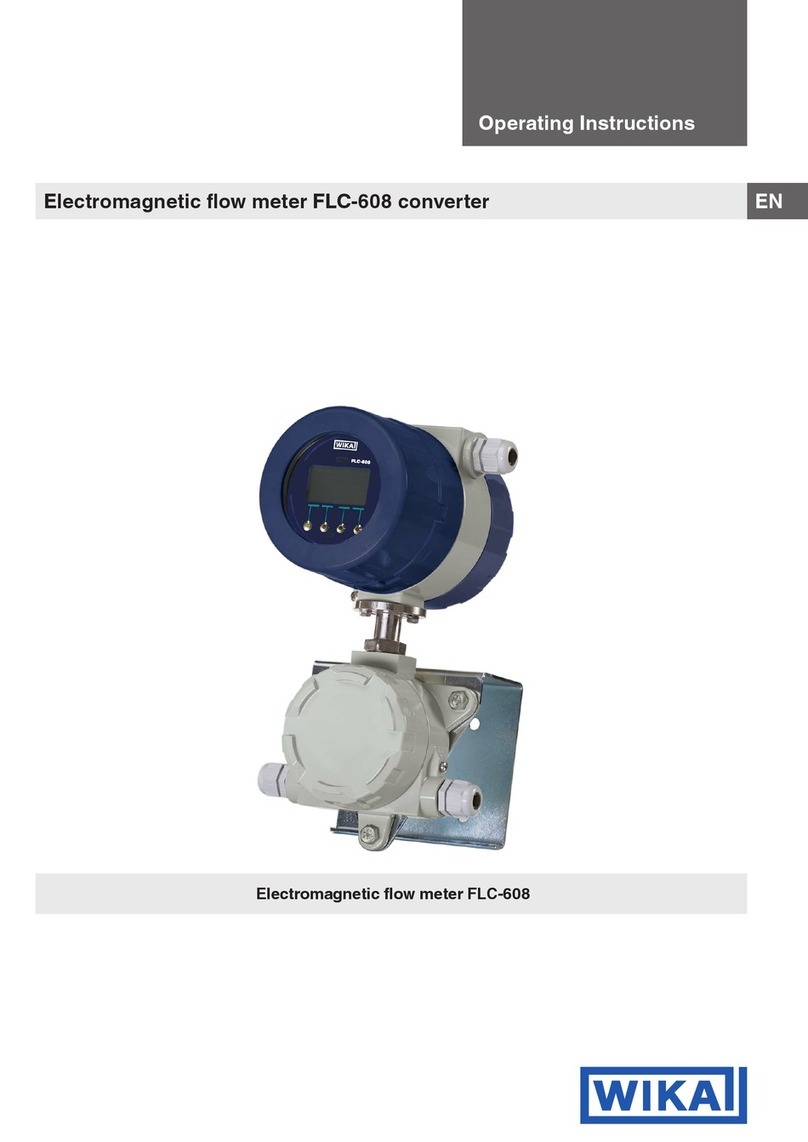
WIKA
WIKA FLC-608 User manual
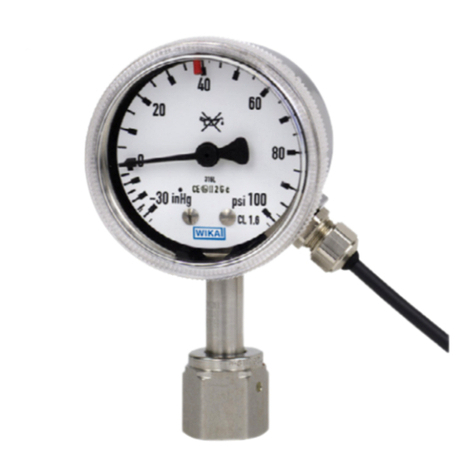
WIKA
WIKA 230.15 User manual
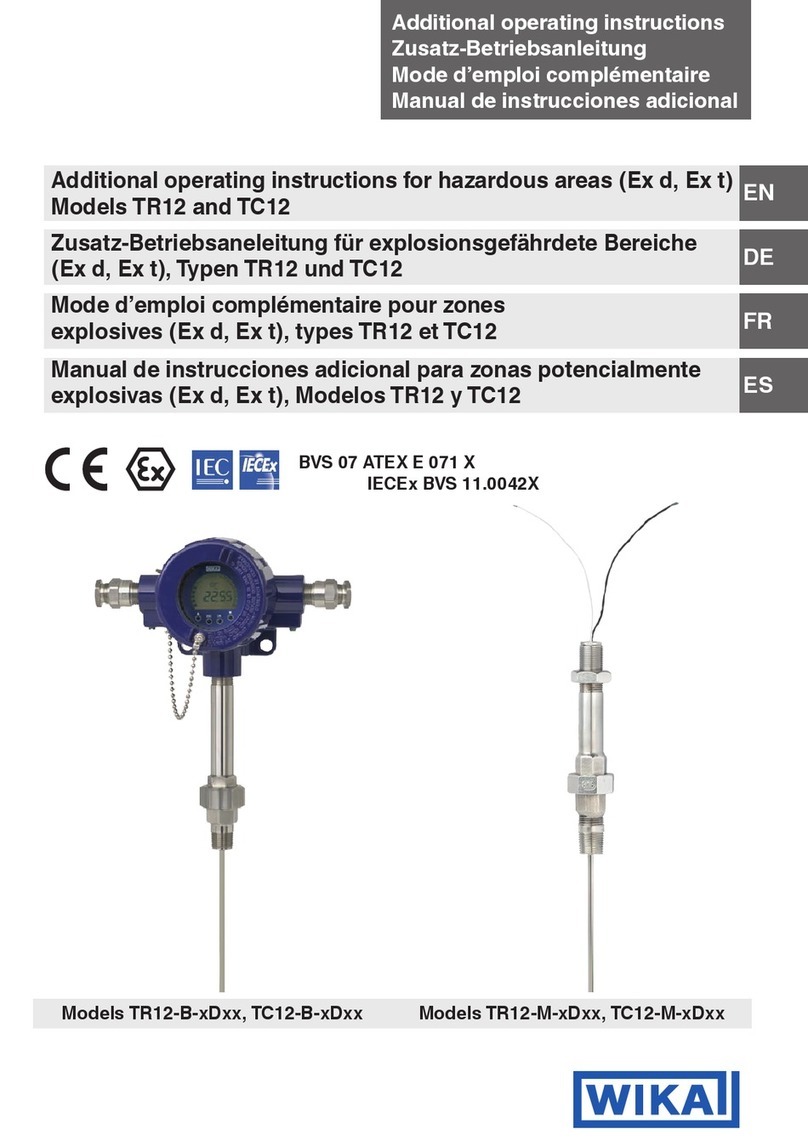
WIKA
WIKA TR12 Series Operating instructions
Popular Measuring Instrument manuals by other brands
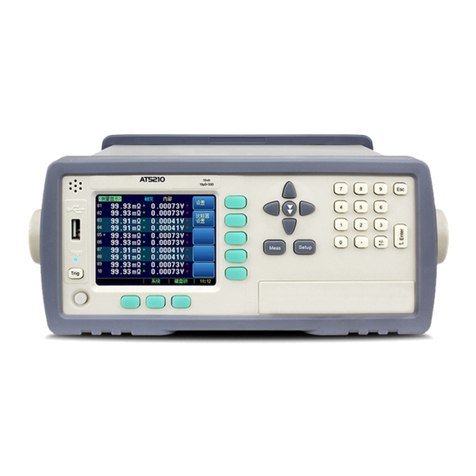
Applent Instruments
Applent Instruments AT5210 user guide

Air TEc
Air TEc Expert CYPRES 2 user guide
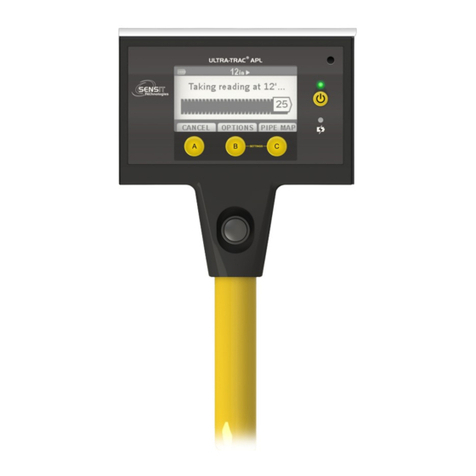
Sensit
Sensit ULTRA-TRAC APL Quick start instructions
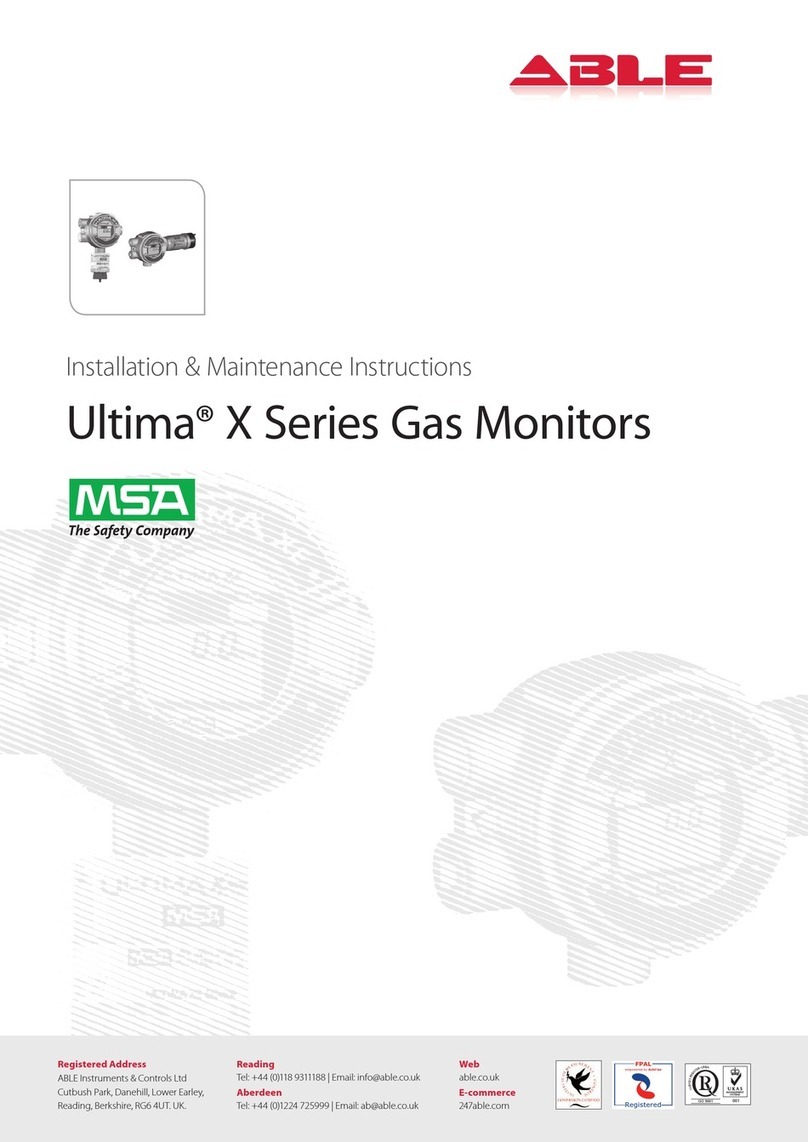
MSA
MSA Ultima X Series Installation & maintenance instructions
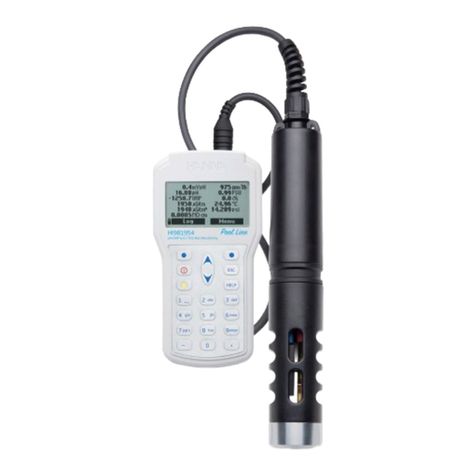
Hanna Instruments
Hanna Instruments HI981954 instruction manual

ANDERSON-NEGELE
ANDERSON-NEGELE IZMSA operating manual
